What are the effects of drought on ornamental trees and climate change in the Mediterranean?
In the Mediterranean, the effects of climate change on trees, in the natural environment as well as on urban ornamental trees, are a challenge!
The climate change is fatal for some trees in both the North of the country and the Mediterranean. Frequently in the Mediterranean, natural and urbanised environments intertwine. But we might be more surprised at the damage caused in the South of the country where trees are normally more acclimated to high heat… Have trees adapted to this brutal climate change?
What are their resilience strategies?
Drought: what damage to the health of ornamental trees?
Mortality, physiological disorders, pathogens and diseases
Under the effect of drought, and therefore water stress, ornamental trees are declining or dying!
Many trees have died or have been seriously weakened as a result of the cumulative devastating droughts of 2018 and 2019. And summer 2020 promises to be even hotter!
“Spring 2020 is likely to be warmer and drier”
Click on the photo to see this summer’s 2020 forecast data by Weather consult.
Drought-induced by water deficit, increasingly followed by a mild winter, greatly increases trees sensitivity to pathogenic invasion.
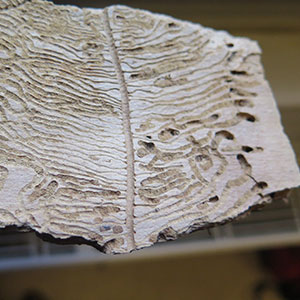
- Insect invasions and diseases
The insects, attracted by the emission of trees’ kairomones, are instinctively interested in this weakened prey.
Weakness parasites such as: capricorns, scolytes (pictured example of the typographer’s galleries) Etc. then wreak havoc on the trees.
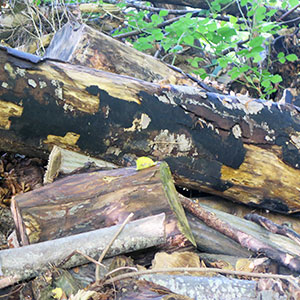
At the same time, when the tree weakens, epidemics can occur. It is often the case for sooty bark disease of maples (Cryptostroma corticale), for example, present in the North and Center of the country (pictured below)… The fungus (cortical cryptostroma) causing this disease can also trigger respiratory problems in human beings.
- Trees dryness
Trees can also be prone to significant dehydration or may die from desiccation.
This is the case both for young plants (not yet weaned from artificial watering after planting) but also for adult trees.
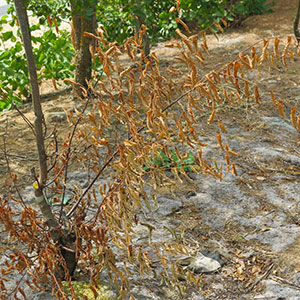
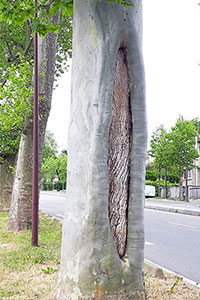
- Physiological damage
Trees suffer physiological damage: sun scald (cortical necrosis oriented on one side of the trunk and bursting of tissues due to intense solar radiation – pictured above) or micro-cracks, which weakens them mechanically.
The side effect for trees that have withstood these droughts is a loss of growth but also, in the South, an increased fire sensitivity!
Facing drought: what are trees strategies?
Drought disrupts the hydraulic functioning of plants.
The perspiration of the leaves allows the rise of raw sap by suction effect. There is suction of water by the roots and thus water absorption by the tree. However, since the most sensitive organs are their leaves, trees then resort to several strategies to resist to too much evaporation:
In the face of drought, some trees adopt an avoidance strategy.
Faced with high heat, some trees limit their water loss by blocking their physiological activity.
They stop or severely reduce their photosynthesis mechanism by closing their stomata (the holes through which C02 and water vapor circulate) to limit their water evaporation. This, whereas normally, for a C02 molecule that enters, several water molecules come out.
If photosynthesis is stopped for too long, the leaves dry out!
Photo below: Stomata seen under a microscope. Click on the image to learn more (© Nature.com).
Through photosynthesis, soluble sugars assimilated and distributed in the leaf and root system are normally allocated to the functions of respiration (maintenance and growth), biomass production and carbohydrates storage.
Trees can only be resilient after a drought if they have stored carbohydrates!
The dynamics of carbohydrates storage:
A healthy tree is a tree that has accumulated a lot of carbohydrates storage, i.e. a high starch level through photosynthesis.
These carbohydrates storage are the best health predictor of a tree! In order to resist, trees are then able to attribute the use of their reserves to their operating needs in natural accidents.
Tree endurance or death is depending on this ‘life insurance’ in the face of a drought!
In the face of drought, some trees adopt a tolerance strategy.
Mediterranean trees often have a physiology adapted to this climate: thick cuticle leaves, hairy leaves or needle-like (offering a reduced perspiration surface) Etc.
These trees, specialised for hot climates and mild winters by the evolutionary dynamic, are often characterised by a reduced growth, typical of the Mediterranean.
In more arid or even desert areas, some trees have developed remarkable capacities to access groundwater. This seems to be the case of the Acacia Albida: More details on this link.
Photo hereafter: case of a phreatophyte tree. Click on the image to learn more (© les racines, face cachée des arbres. Drenou)
In any case, the drought highlights the importance of a healthy, efficient and well-developed root system!
In addition to roots efficiency, there is also the performance of a symbiotic relationship with fungus. It is done via mycorrhizae roots in a soil rich in microorganisms.
Indeed, the tree gives the fungus about 30% of the carbohydrates produced by its photosynthesis. In exchange, fungus are providing roots with a rich solution in phosphorus, potassium, calcium, magnesium, nitrogen and other mineral salts.
However, the Mediterranean climate is set to change.
Droughts are more frequent and more intense.
And in this climate of unusual rapid change, the variability of drought-tolerant trees is considerable.
Just like in the forest community, the horticultural sector is getting organised!
Scientists and professionals in the horticultural sector are studying solutions!
The search for a more varied plant palette for ornamental trees in the Mediterranean is at the heart of the matter! Learn more about this subject in this article.
Greater biodiversity and more tree-friendly practices are the key to success in the face of global warming!

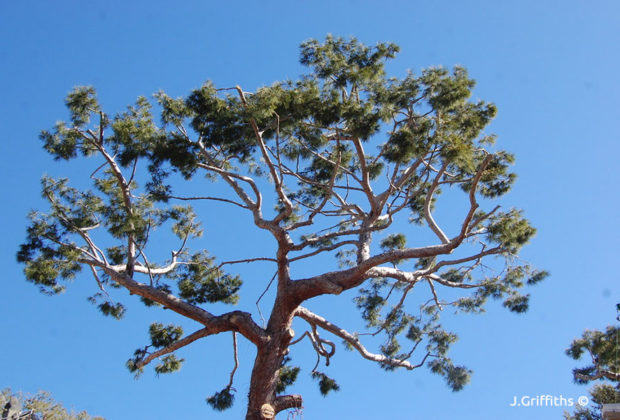
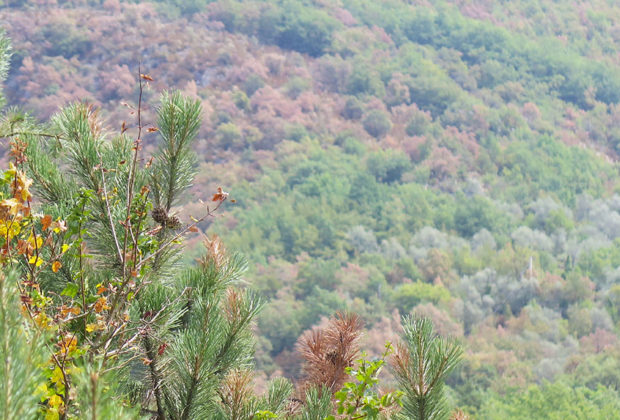
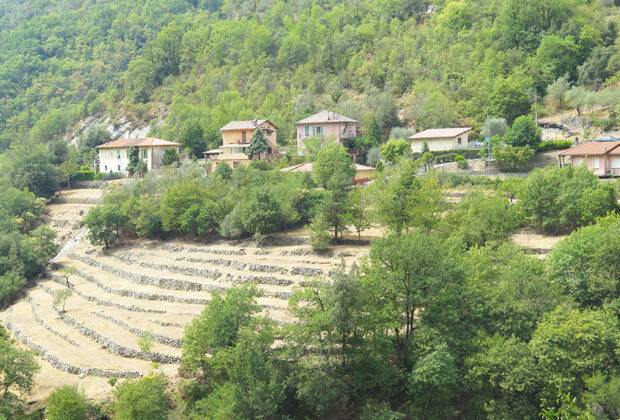
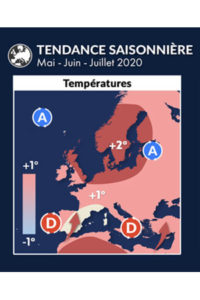
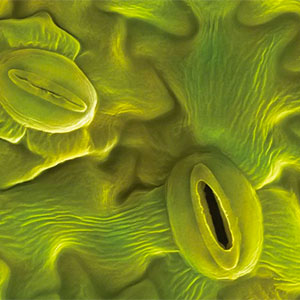
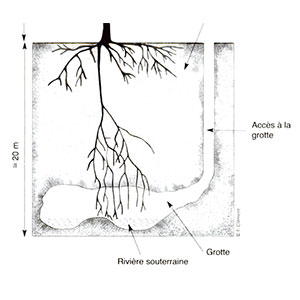
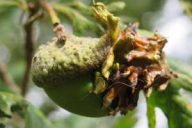
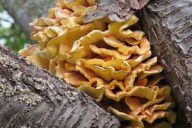
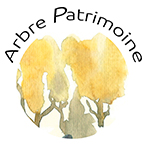 (33)07 60 50 08 70
(33)07 60 50 08 70






